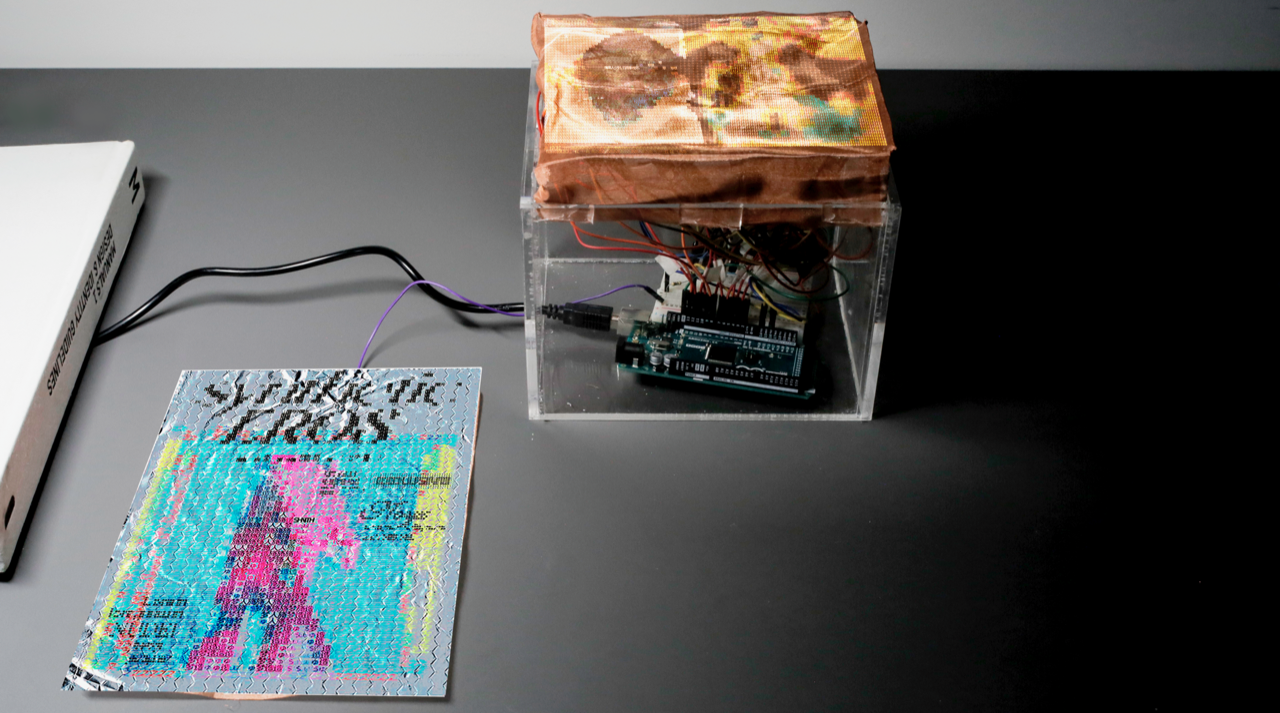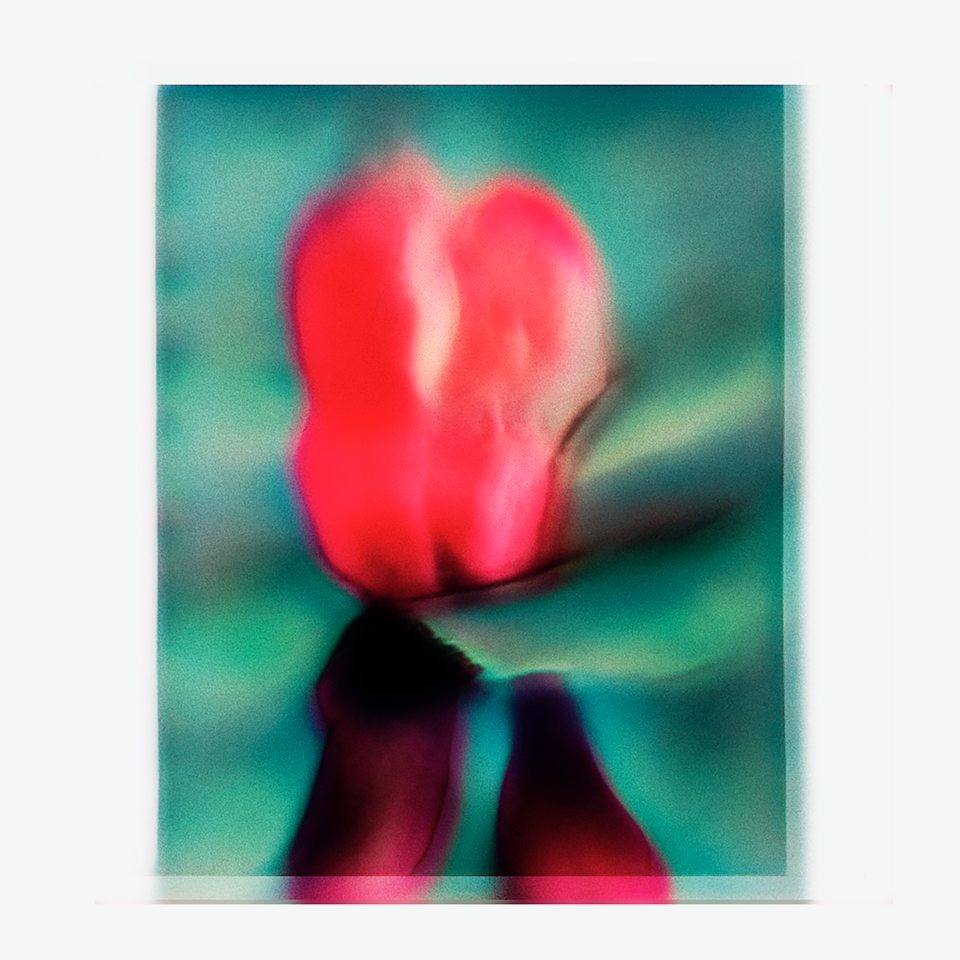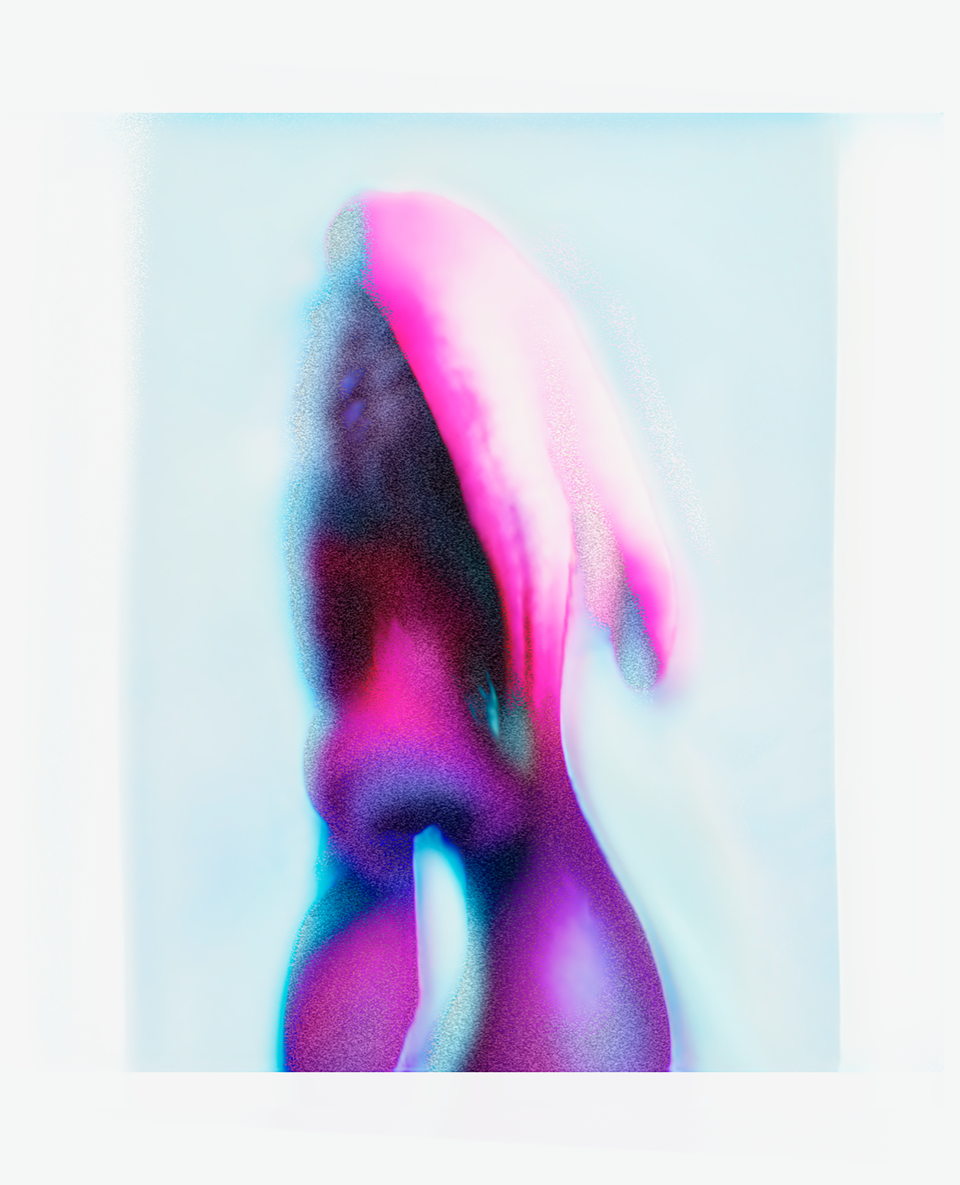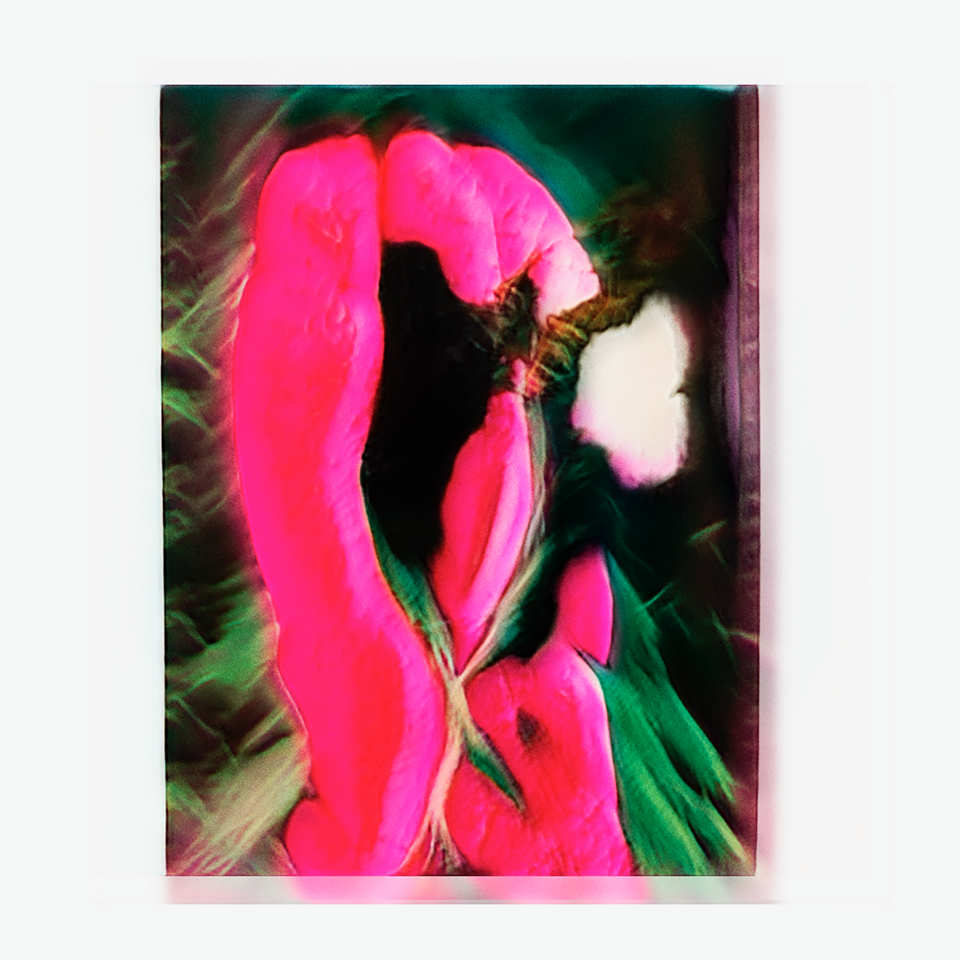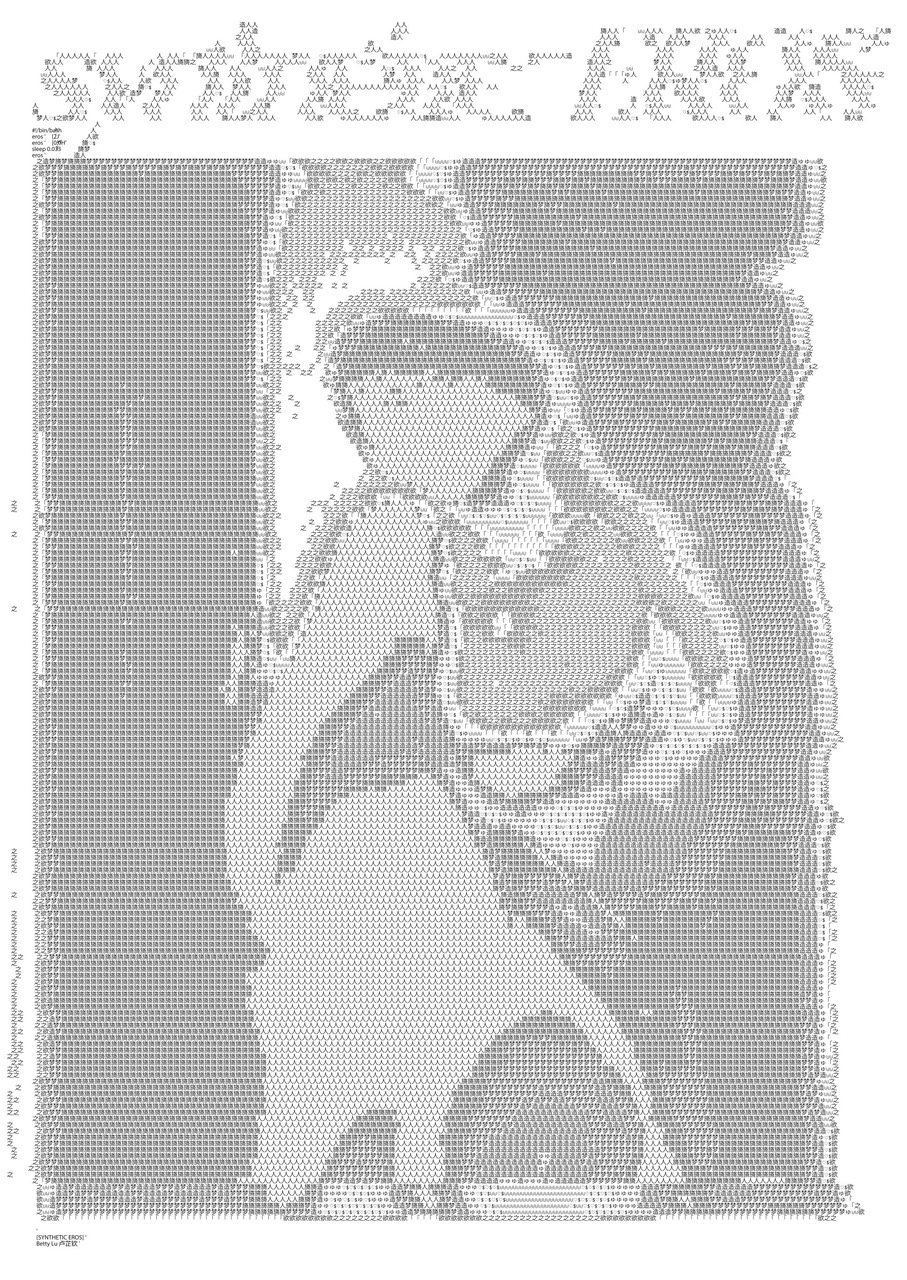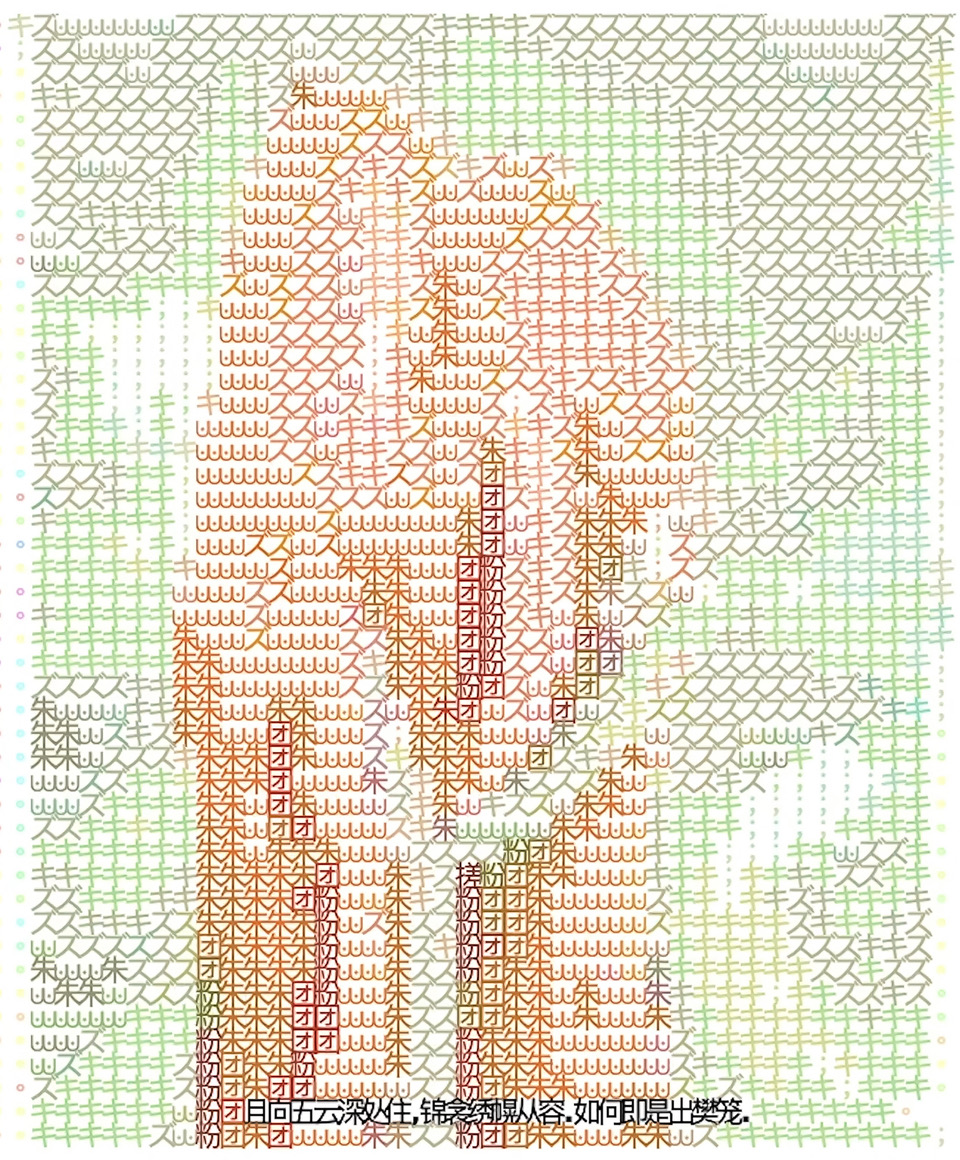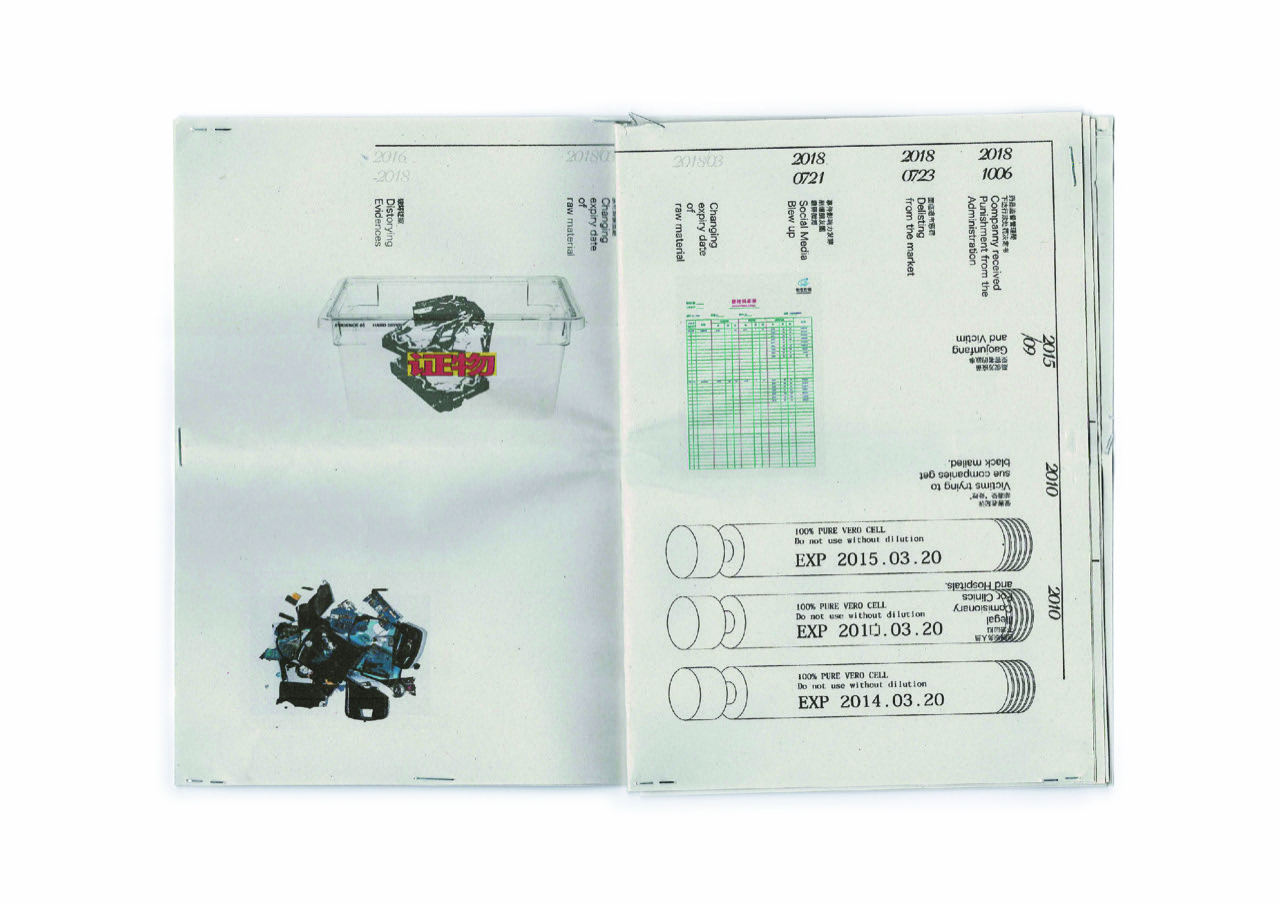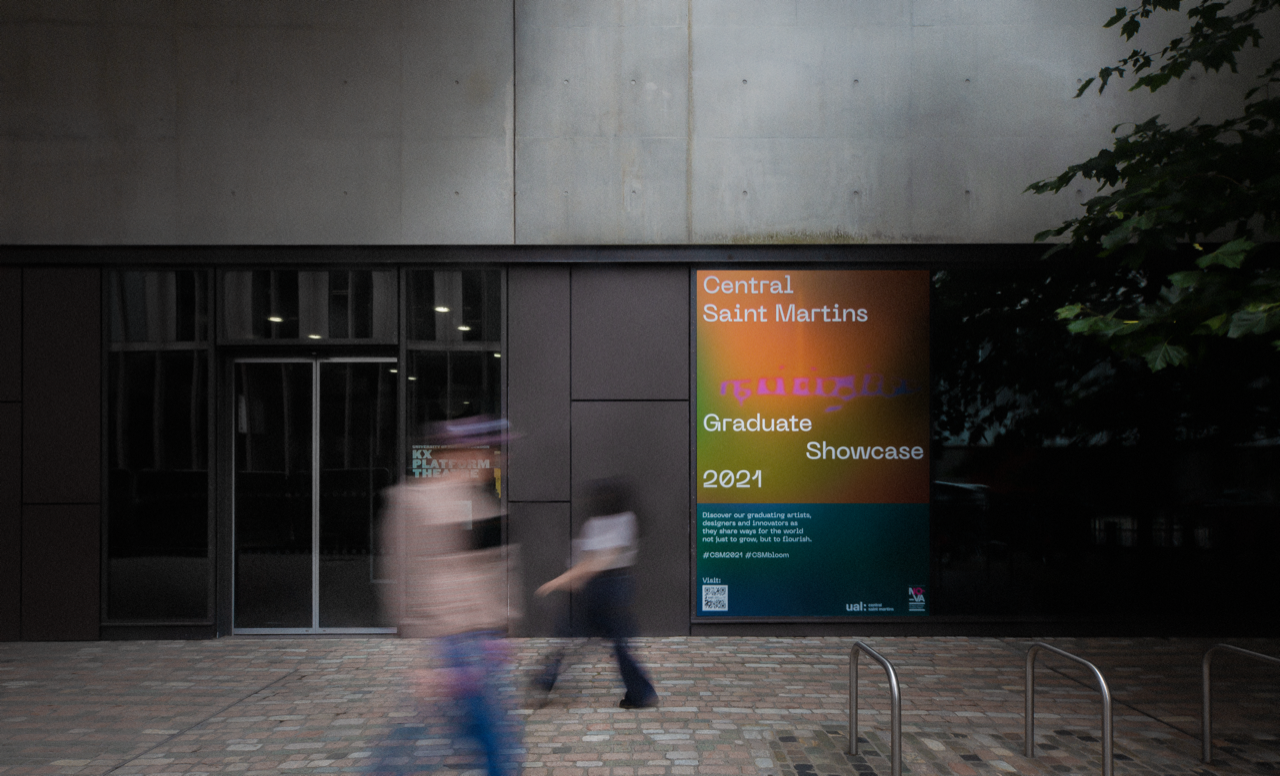It is so fake it never felt so real before
A Conversation with Betty Lu Zhiqin
Betty Lu Zhiqin, recent graduate of CSM Graphic Communication Design course lives and works in the Beijing-London-Oslo triangle. Using coding and AI and inspired by her Chinese cultural heritage, the designer and creative technologist revives Eros for a synthetic world.
Tell me a bit about yourself, how did you end up in London and why did you choose CSM to study?
I was born in China then went to school in Canada at the age of 13. After that I knew I wanted to study design and be in Europe so I applied to UAL, which was the only school I applied to and got in.
What is creative coding? How would you describe it to someone who doesn’t know much about it?
It usually means in the context of graphic design to use coding as a tool to create design. Some people like to solely rely on code but you can also use it to assist your design, so it’s not fully coded. I generally don’t use it for everything because it’s easy to get a quite generic result if you rely on coding too much. If a project requires interactivity or needs to have a relationship to technology that’s where I would use creative coding.

Your project, Synthetic Eros, is such an interesting topic because it explores sexuality in the intersection of eroticism and pornography but also draws inspiration from your own cultural roots. Could you expand on that and why this project was important for you?
In Chinese culture we are still influenced by certain Asian philosophies, which say that it’s not the best to act erotic or openly express your sexual desires. It is reflected in our education. We don’t have a proper sex education and that is quite problematic because when people start having intimate relationships they are more likely to not use protection, which comes from a lack of knowledge about the topic. I wanted to address this issue, especially as a woman. But the trigger really was that just six months before I did this project there was a Chinese news article where Durex was fined for advertising on Chinese social media platforms. It’s nothing inappropriate, however in China you’re not supposed to advertise condoms, even though they are a good thing. It’s not like if you don’t advertise it people won’t have sex.
We have a lot of tradtitional values which still today influence us, like having sex before marriage is wrong. And because everyone experiences this oppression in some ways, some people start to develop weird tastes and fetishes. The most popular being the idolization of a young-looking image, because when you’re young you’re innocent and pure. But there was a an erotic art period in Chinese history that I wanted to revive and celebrate.
The reason why I chose digital was that it’s based on that feeling where we can’t talk openly about sexuality. It feels so distant. There are so many things we can’t articulate that almost feels fake and unrealistic for us. That’s why I wanted to use machines to create fake images.
What kind of images did you create? What was the whole experience?
I used a data collected that was inspired by Georgia O’Keeffe, so I collected a lot of nature images that looked quite erotic: plants, landscapes and some of the paintings and some historical Asian erotic art from Japan and China. Then I’ve started to feed this mixed data set into a machine that creates images by learning your data set and how the image in your data works. It’s a sort of juxtaposition of fakeness and erotica. Then I started to explore more with the vibration that is created when a sensor is touched.
Sexuality is so predominantly physical, so how can it exist in a synthetic world? Do you think it changes its meaning, or is it just a different kind of frame to look at it?
For me it’s very unphysical and for people who live in China. People shy away from talking about it, especially a few years ago, now it is changing and there is a lot more acceptance towards it. But the age where I grew up at least, that’s how it was then. That’s why it’s synthetic because it can’t be real, it feels too far away from us. Of course it is super interesting how artificial intelligence learns what erotic is, what eros is and try to behave accordingly and try to recreate it.
This topic gets objectified so often especially if we think about the male gaze and women’s sexuality. Is it difficult to avoid objectification in a synthetic world?
When I was doing this project, first I had to understand what Eros is. I have read the book called The Agony of Eros, in which the author (Byung-Chul Han) talks about how we don’t have Eros anymore but what we are left with is “pornification”. Which means that everything became porn instead of eros. And there is a really big difference between them because porn is about power and the male gaze is one of the results of this. Instead, eros where you are fully devoted and you don’t see things clearly because you are kind of selfless in the situation and whoever is engaged in that has to be like that. But today it’s so easy for us to get access to any kind of content relating to sex and it’s really became what we find satisfying and what kind of thing we want to do to other people and it pulls us further and further away from eros. It’s commercialised a lot. I didn’t specifically try to talk about the male gaze in this project, during my research period I was more interested in Georgia O’Keeffe’s work because she never openly said that her work is representing female bodies but people always read it that way both by male and female commentaries.
In other parts of my project I also used actual porn photos and it became really uncanny and it didn’t look right, that’s why I decided to keep it connected more to nature and art.
Many of your projects deal with socio-cultural issues (such as ownership or community-based youth programmes against knife crime) but with a digital end-product. What is algorithmic living and how can we make it a ubiquitous experience to deal with issues in our real world?
It’s super relevant to our everyday lives, because we live with digital devices every day, there are cameras on the streets. I still keep up with Chinese news and I always see how China is developing this AI technology that is going to detect people on the street via cameras and how this is going to be used in a very important way as a system. I find it interesting in general how machines think and the impact of the intersection between our physical reality and the aspect of machines. We are already living it so much.
How do you use AI in your work, what tools do you use?
One part is more Java script based, this has more to do with making the design work more accessible for users and engaging user activity in your design. And the other is the AI part, which is an experiment with certain tools, because they can be very powerful and it’s a bit of an unknown territory to see how it can be used in graphic design.
We could use AI to help us and not to be our enemy as a lot of the times it is portrayed as something we should be scared of.
I find that it really is a myth, how the most popular sci-fi topic is how AI is going to end the world. The idea of an uncanny valley is that AI looks too similar to humans, and that’s why we are afraid of it.
Do you think AI could take over?
I think they are smarter than us for sure but I don’t think it’s going to harm us. It’s also about how we treat them, like do we give them rights, do we classify them as human? Or do we just see it as a piece of machinery?
How does the Beijing, London, Oslo triangle, that you live and work in, shape your thinking and inspire your work?
It is inspiring and people are very different from country to country. I always thought it was just Chinese people and the rest of the world are so different but now I notice more of the smaller differences between the Western countries.
Is geographical location important to you?
Technically I can work from anywhere but I prefer to work in a studio environment and work collaboratively. Every time I decide to go to a new place it’s usually based on what I want to do next. I went to London to study and then I moved to Scandinavia to be financially independent while working.
What are you working on now?
I’m working at a studio in Norway full time. When I’m free I have a practice with my friends from CSM who all love to code. We have a studio and we do some identity and website work or anything related to graphic design and interaction design.



